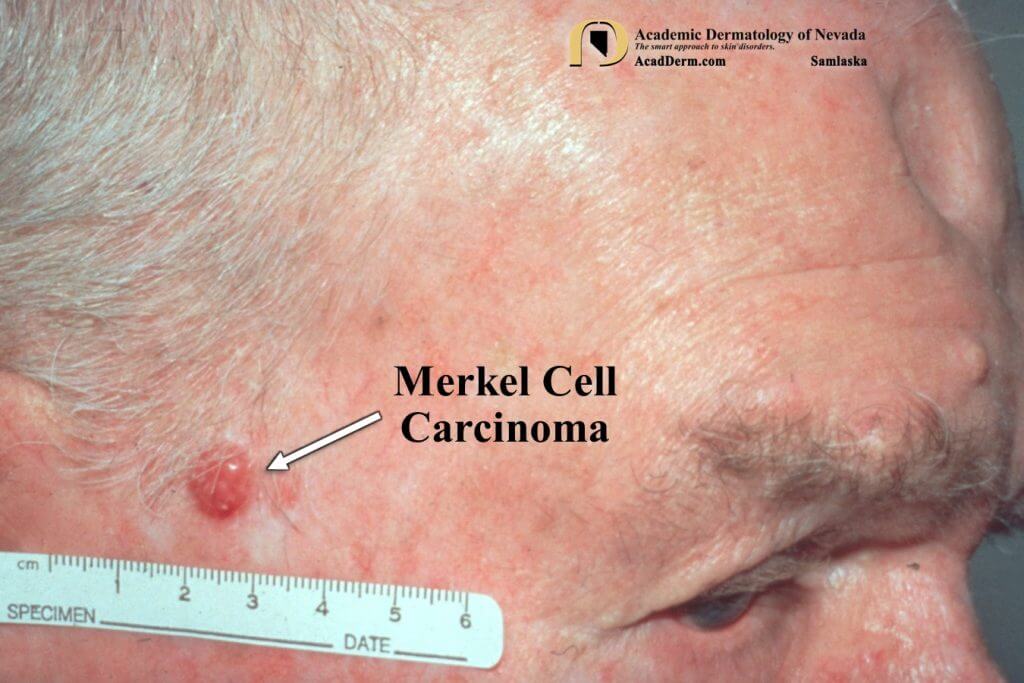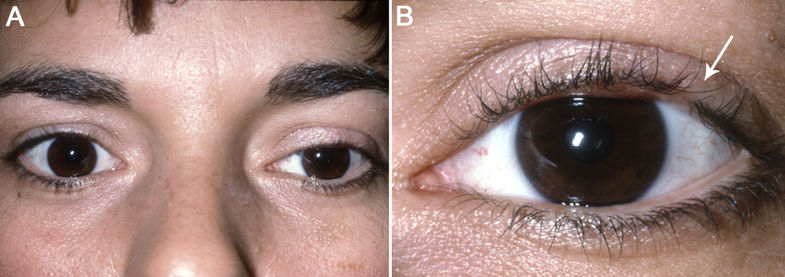Mohs Surgeon in Houston
U.S. Dermatology Partners Medical District

We are located inside the Museum Medical Tower Building in Park Plaza Hospital complex. The building is located on the corner of Hermann Drive and Caroline. The parking garage is attached to our building, and the entrance is located on Caroline, which runs parallel to San Jacinto.
Get Directions|
Monday: |
7:30AM - 4:00PM |
|
Tuesday: |
7:30AM - 4:00PM |
|
Wednesday: |
7:30AM - 4:00PM |
|
Thursday: |
7:30AM - 4:00PM |
|
Friday: |
7:30AM - 12:00PM |
|
Saturday: |
Closed |
|
Sunday: |
Closed |












